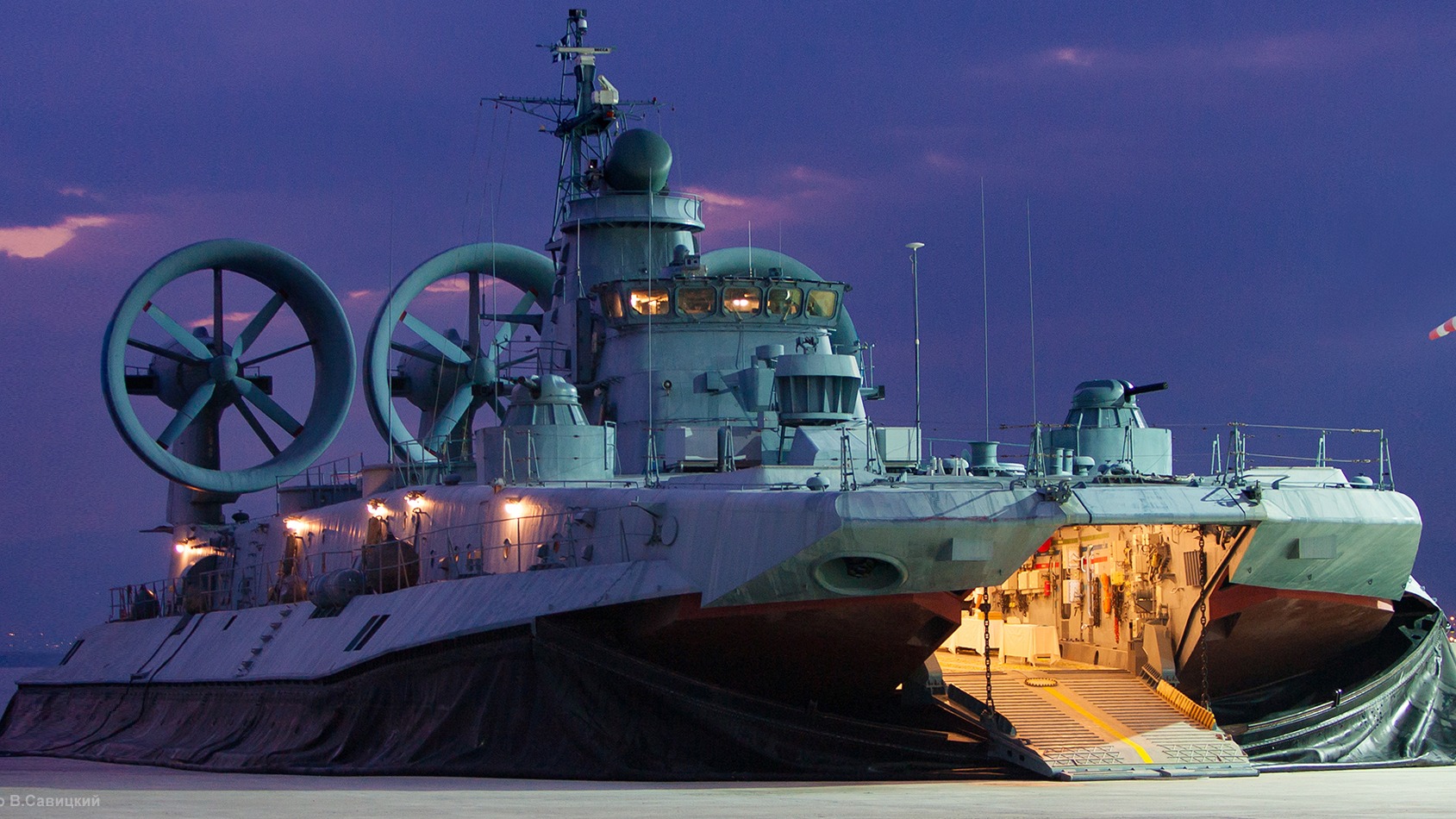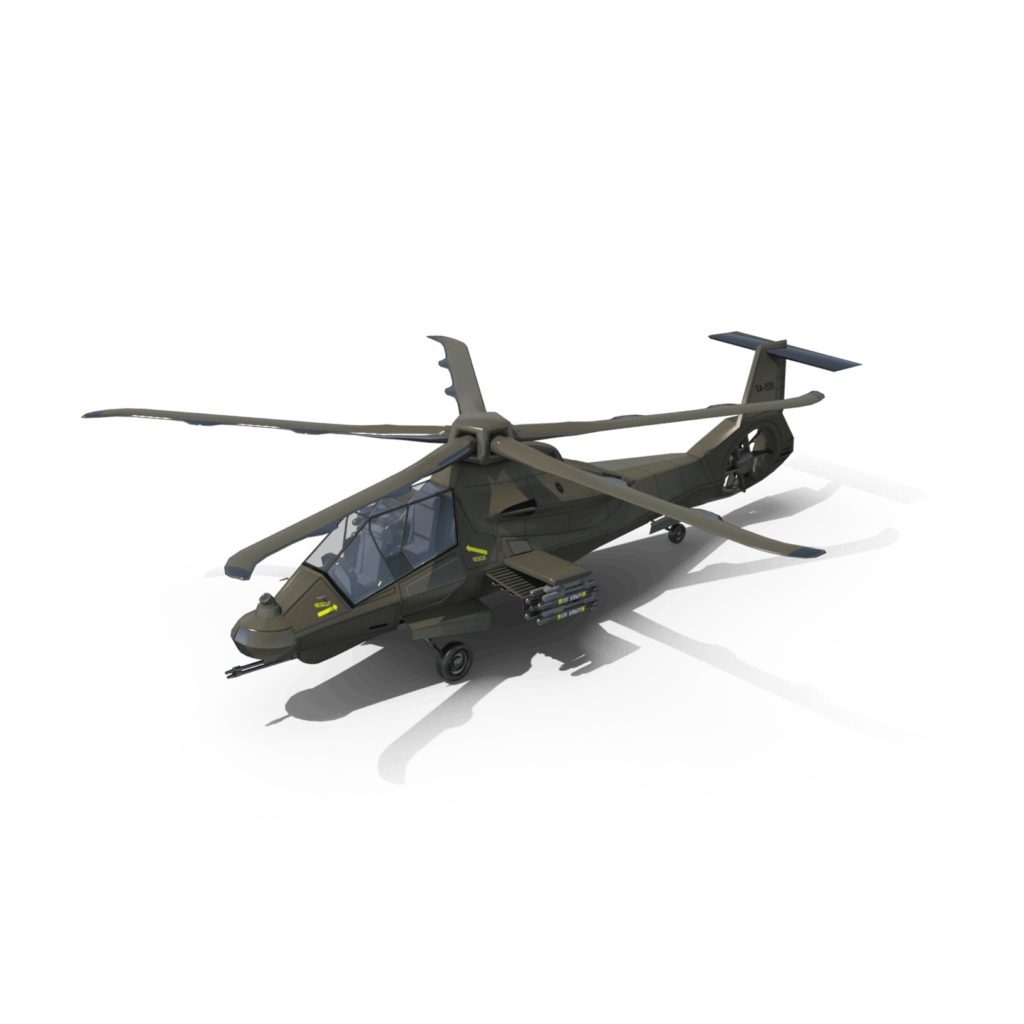
This Is the Largest Hovercraft Ever (And It Serves Russia)
Here’s What You Need to Know: Moscow has some impressive hovercraft to transport their soldiers and equipment about.
The Russian military currently operates a fleet of air-cushion small amphibious assault ships, and among the vessels is the Zubr-class Yevgeny Kocheshkov, the largest currently in service in the world. It is designed for loading Marines (maritime infantry) from a rough or prepared beach, with their combat gear, and landing them on a beachhead while providing fire support.
As with other commercial hovercraft, the Project 1232.2 Yevgeny Kocheshkov utilizes an air cushion design that allows it to move across the beach and even bypass small obstacles such as ditches and trenches, while it can also traverse minefields and even move across swamp areas. About 70 percent of the world’s coastlines are considered suitable for an air-cushion amphibious assault ship to conduct a landing operation.
The Yevgeny Kocheshkov has been operational in the Russian Navy’s Baltic Fleet since October 1990. It displaces 555 tonnes and has an operational range of 300 miles, while it can reach speeds of sixty knots. The warship, which can be used to deploy Marines in an enemy’s tactical depth, is armed with two 140mm A-22 “Ogon” rocket launchers, two 30mm AK-630 automatic guns and eight sets of Igla man-portable air defense systems.
This month, the Yantar Shipyard, which is part of Russia’s United Shipbuilding Corporation, announced that it had completed repairs on the Yevgeny Kocheshkov at its Baltic coast.
“On March 1, the Yantar Shipyard has completed the dock repairs of the small amphibious assault hovercraft Yevgeny Kocheshkov,” Yantar Shipyard Spokesman Sergei Mikhailov told TASS on Tuesday. “The work has been carried out within the shortest time possible and with high quality.”
The repairs on the amphibious assault ship took less than two weeks to complete, despite a “complex ice situation” that was reported to be untypical for the region. The Yantar Shipyard’s team of specialists is reported to have high competences of repairing aluminum hulls and constantly maintain the technical readiness of the Baltic Fleet.
It isn’t clear when the vessel was damaged, but NavalNews.com reported that both the Yevgeny Kocheshkov and sister-ship Mordovia had taken conducted drills including an amphibious landing during a planned exercise in the Kaliningrad Region in west Russia in November.
“During the exercise, the ships fired 30mm AK-630 automatic guns against surface and aerial targets,” a spokesperson from the Russian Ministry of Defense was quoted. “Besides, they trained over-the-beach landing. The over-the-beach landing operation involved a unit of an amphibious assault company of Baltic Fleet Marine forces and 10 BTR-82A armored personnel carriers.”
Additionally, the Russian Ministry of Defense website reported that the Yevgeny Kocheshkov had performed landing operations on an unimproved shore, while fire support from provided. The crew conducted artillery firing at air and coastal targets.
In addition to the two Zubr-class air-cushion small amphibious assault ships in service with Russia, China currently operates four—two of which were produced in the Ukraine while two more were built domestically in China. The Greek Navy also operates four the vessels. Each can carry three main battle tanks up to 150 tonnes, or ten armored vehicles with 140 troops.
Peter Suciu is a Michigan-based writer who has contributed to more than four dozen magazines, newspapers and websites. He regularly writes about military small arms, and is the author of several books on military headgear including A Gallery of Military Headdress, which is available on Amazon.com.
This article first appeared in March 2021.
Image: Wikimedia Commons


